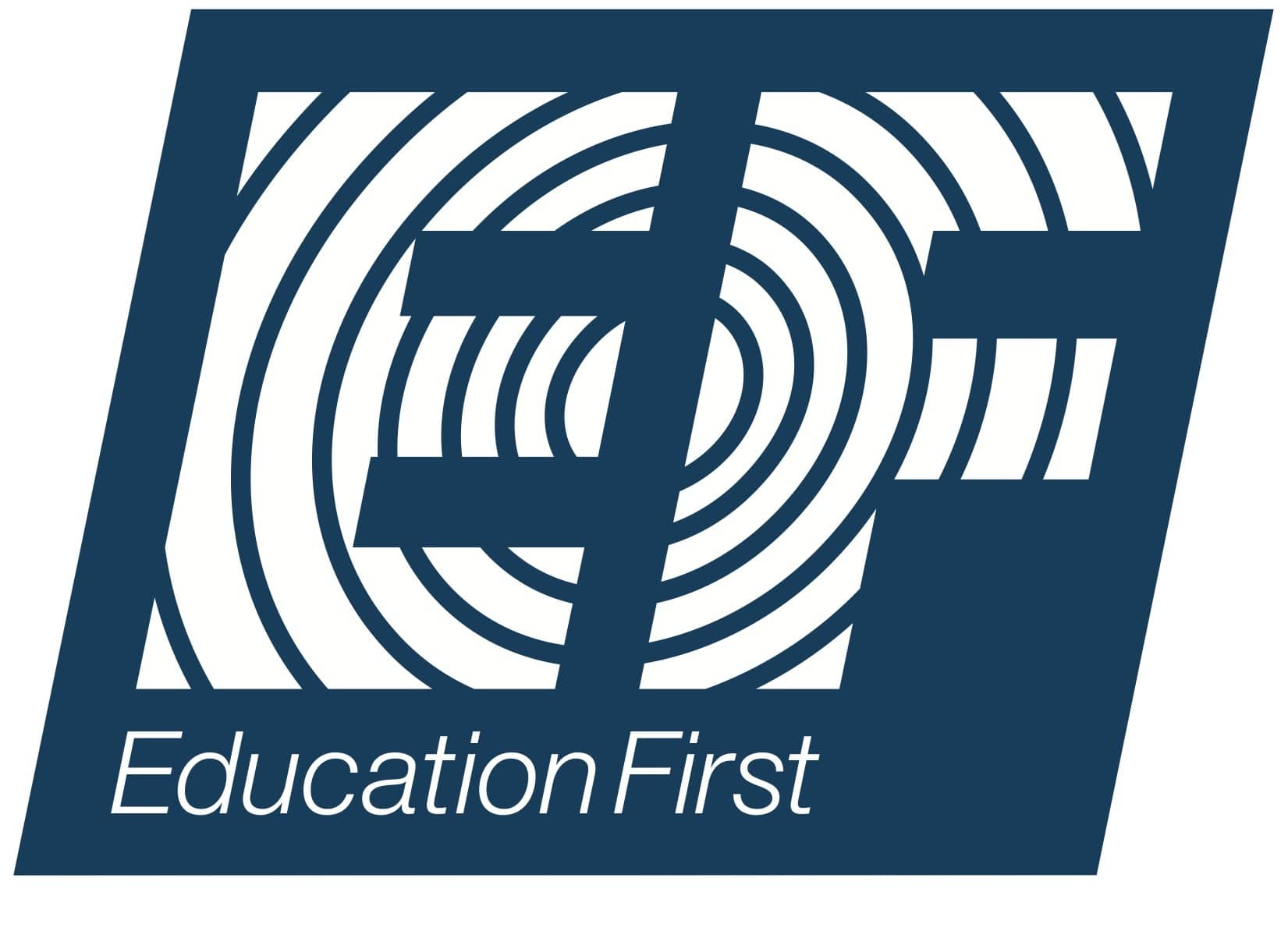
7 Schools with Summer Language Programs
The beautiful thing about learning is that no one can take it away from you. – B.B. King
Summer with its long, lazy days and spare hours to fill calls to us as sweetly as one of B.B. King’s legendary guitar riffs, doesn’t it?
Summertime is also the perfect language learning time.
All those unclaimed, warm, peaceful hours? They just beg to be filled with blissful language study!
I’ve rounded up seven super schools that offer summer language programs to build your fluency, add fun to your days and maybe even some sizzle to your sultry summer nights.
Contents
- Why Summer Is an Excellent Time to Focus on Language Learning
- Yale
- Columbia University
- EF Language Schools
- The University of Chicago
- The University of Washington
- University of California at Berkeley
- Indiana University
- And One More Thing...
Download: This blog post is available as a convenient and portable PDF that you can take anywhere. Click here to get a copy. (Download)
Why Summer Is an Excellent Time to Focus on Language Learning
For those lucky enough to have summers off, summer’s unstructured, spare hours mean there’s loads of time to concentrate on “wants” instead of “musts”—and if you’re here, it means you want to power up your language skills. Brilliant!
Summer, with its abundance of light-filled hours, warmer days and slower pace, is oh so casual. And that translates—in any language—to lots less stress. I don’t know about you, but I definitely learn with less trouble when I’m not stressing about things. Low stress equals high concentration potential for a lot of us!
Many language learning programs are only available during the summer, so if you want to grab the goods from one of those, summer is your only option.
Typically, summer programs are geared toward intensive learning. What does that mean to you, the language learner? Well, it’s great news because it means many summer courses are designed to help students gain skills more quickly!
The cherry on the cupcake, as far as summer being an epic time to grab some language learning, is that there are even some summer programs that are held in the target-language country. You do know what that means, don’t you? That’s right—immersion! Language, culture, warm days exploring another country and warm nights practicing your language skills at trendy clubs, sporting events or sidewalk cafés. What’s not to love? And immersion isn’t limited to programs abroad, as many more intensive programs offer an immersive environment in the classroom.
And besides, there’s always next year!
7 Schools That Offer Sizzling Summer Language Programs
Yale
If you’ve ever dreamed of attending prestigious Yale University on the idyllic Connecticut campus, you might want to consider taking one of their summer session language courses.
There are two five-week-long summer sessions offered. They’re open to undergraduates who wish to satisfy degree requirements, earn credit toward their major or just experience life in residence at the liberal arts college.
Yale offers not just regular classes, but several language programs across the globe, including some study abroad courses combined with courses on the Yale campus, but be advised that they’re truly intensive. These courses tend to fit an entire semester’s worth of learning into a few weeks, so be prepared to learn, learn, learn! Spanish, French, German, Portuguese, Russian, Italian, English and Arabic are all on the course schedule.
Learn Portuguese language and cultural facts in Brazil. Nail down some complex Spanish skills in Ecuador. Intermediate and advanced French students have an option to study in Paris (ooh, la, la!), and intermediate German students can learn in Berlin. No worries if Italian is on your summer schedule—there are courses in Siena that will accommodate your thirst for language. And Russian in St. Petersburg or Arabic in Morocco? Both epic options for summer learning!
Columbia University
New York’s Columbia University has some incredible summer language courses that are open to high school students. There are for-credit courses for juniors and seniors (grades 11 and 12) in Spanish, Russian, Latin, Hindi-Urdu, French, Arabic and more.
These include intensive courses designed to give high school students an “edge” on their college careers with the opportunity to earn college credits before formal college enrollment! There are requirements for each course—that vary according to language—so check the listings if you’re considering enrolling.
Columbia also has a summer program for students who want the immersive experience of studying Spanish in Barcelona. The Spanish Workshop features experiences designed to improve conversational, reading and writing skills.
EF Language Schools
EF’s Summer Abroad program is based on course curriculum that has been implemented successfully for decades. They strive to give students experiences abroad that broaden global perspectives and introduce new cultures while teaching languages.
Their language schools offer Spanish, Japanese, Italian, French, German and Chinese—and to make the courses truly cozy, they limit class size to 17.
Learn Spanish in Madrid or Barcelona, Japanese in Tokyo, Italian in Rome, French in Nice, German in Berlin or Munich, or Chinese in Beijing.
These summer abroad courses are open to college students, and this immersive experience offers both homestay or student residence options so individual preferences can be accommodated!
The University of Chicago
The summer language programs at the University of Chicago entice a diverse group of language learners.
Courses are open to currently enrolled University of Chicago students interested in continuing their academic careers over the summer months, high school students getting a jump on their college experiences, professionals honing language skills as well as undergraduate and graduate students from other colleges and universities.
Courses do require students to take proficiency tests to gauge their language ability prior to placement in courses.
They also offer both beginning and intermediate intensive courses, so testing makes it possible to choose the optimal course of study for each individual student.
Arabic, Chinese, French, German, Japanese, Korean, Persian, Portuguese, Spanish and Turkish are all in the summer course catalog.
Residence hall housing and private apartments offer accommodations to students. There’s also a building called The International House where students from around the globe reside in an informal, family-style setting. Space is at a premium so applications to stay in The International House must be completed and turned in prior to securing a place there.
The University of Washington
Seattle’s University of Washington is one of the country’s largest summer language program providers.
They offer both intensive and non-intensive language programs. What does that mean for learners? It means there are options (some summer programs only offer intensive coursework) and that it’s up to individual learners to decide whether they want the intensive (long hours, lots of material in a short period of time) or non-intensive (more relaxed, with less hours and less material) experience.
Both campus and off-campus housing is available.
Courses are open to everyone, including high school students.
The language list for summer study is impressive! They offer Arabic, Chinese, French, German, Greek, Hebrew, Italian, Japanese, Korean, Latin, Persian, Portuguese, Russian, Swahili, Turkish and more. Whew!
There are a few online course options as well.
University of California at Berkeley
The University of California at Berkeley summer foreign language courses are open to everyone, including international students, high school students, university students and community members. Financial aid is available to facilitate coursework availability to everyone.
Courses are targeted for intensive language immersion over a short time span (all sessions of summer courses begin and end in an approximately 10-week span).
Summer language classes bring a semester or, in some cases, a year’s worth of learning into the abbreviated summer session, so they’re definitely intensive courses.
Arabic, Chinese, Filipino, French, German, Greek, Italian, Japanese, Korean, Latin, Persian and Spanish are on the summer language schedule. Levels offered range from beginner to advanced.
Indiana University
Indiana University’s Summer Language Workshop has been in operation since 1950. It gives more than 200 students per summer the ability to gain a full year of college language instruction in eight- or nine-week summer sessions. No doubt about it, that’s a pretty impressive endeavor—for both students and the faculty!
All languages include beginner level so no previous language skills are required to participate. Graduate, undergraduate, professional and international students attend the Workshop. High school students are considered for acceptance, as well, although this is on a very limited basis.
Arabic, BCS (Bosnian-Croatian-Serbian), Chinese, Estonian, Georgian, Haitian Creole, Hungarian, Indonesian, Japanese, Korean, Kurdish, Latvian, Lithuanian, Mongolian, Pashto, Persian, Russian, Swahili, Turkish and Ukrainian are taught.
Workshop participants are offered housing on site, meal plans are available and there are credits earned for taking part in this exciting summer event!
Guitar great B.B. King was right: No one can take learning away from you.
It’s all yours, regardless of when or where you acquire your skills.
Summer is the perfect time to study languages. There’s no need to waste precious time, especially on sunny days that are so invigorating and just invite adventure!
Finally, even if you don’t have the time or cash to spare on one of the programs, FluentU is a language learning option that can add structure and enjoyment to your summer, regardless of what your schedule looks like.
FluentU takes authentic videos—like music videos, movie trailers, news and inspiring talks—and turns them into personalized language learning lessons.
You can try FluentU for free for 2 weeks. Check out the website or download the iOS app or Android app.
P.S. Click here to take advantage of our current sale! (Expires at the end of this month.)

So learn a new language or increase proficiency in a language you’ve already begun studying—it’s entirely up to you. All of these schools offer excellent options.
The key is to learn and make your language skills sizzle!
Download: This blog post is available as a convenient and portable PDF that you can take anywhere. Click here to get a copy. (Download)
And One More Thing...
If you dig the idea of learning on your own time from the comfort of your smart device with real-life authentic language content, you'll love using FluentU.
With FluentU, you'll learn real languages—as they're spoken by native speakers. FluentU has a wide variety of videos as you can see here:
FluentU has interactive captions that let you tap on any word to see an image, definition, audio and useful examples. Now native language content is within reach with interactive transcripts.
Didn't catch something? Go back and listen again. Missed a word? Hover your mouse over the subtitles to instantly view definitions.
You can learn all the vocabulary in any video with FluentU's "learn mode." Swipe left or right to see more examples for the word you’re learning.
And FluentU always keeps track of vocabulary that you’re learning. It gives you extra practice with difficult words—and reminds you when it’s time to review what you’ve learned. You get a truly personalized experience.
Start using the FluentU website on your computer or tablet or, better yet, download the FluentU app from the iTunes or Google Play store. Click here to take advantage of our current sale! (Expires at the end of this month.)












